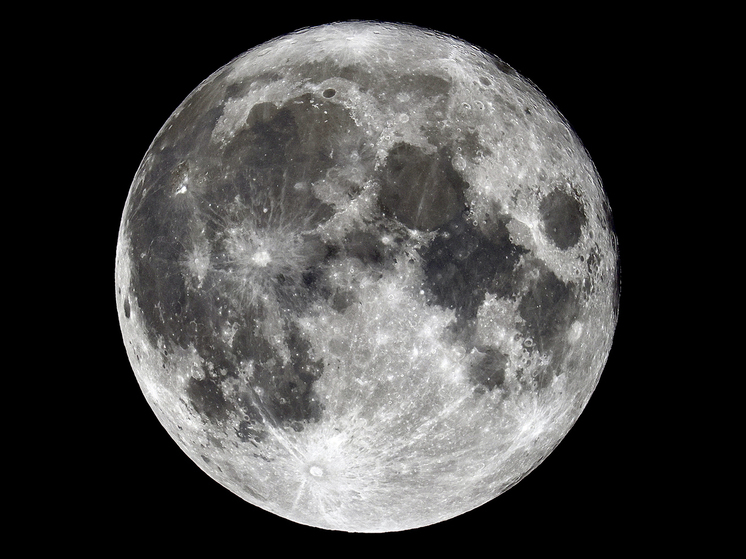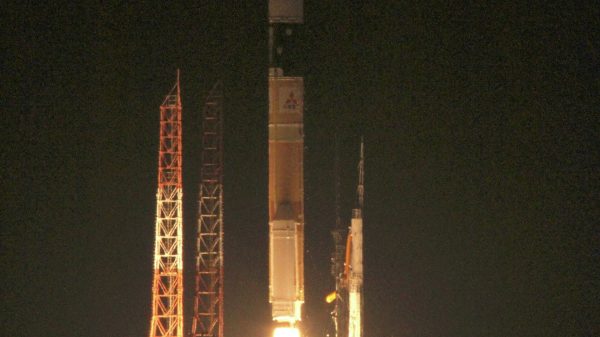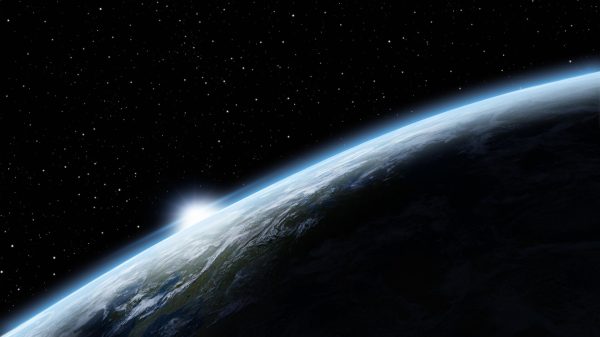Astronomers are trying to unravel the mystery of unusual swirls
Scientists from Washington University in St. Louis said that strange light swirls on the Moon may be the result of magnetization of rocks by magma below the surface.
 Photo: ru.freepik.com
Photo: ru.freepik.com
A new study suggests that swirls on the surface of Earth's moon are caused by underground magma that magnetizes rocks on the surface. The mineral ilmenite is involved in this process. In 2025, NASA plans to send the Vertex rover to study one of the swirls, dubbed «Gamma Rayner.»Lunar swirls — These are light spots that appear to be painted on the dark surface of the Moon. Some of them reach hundreds of kilometers in length. Until now it remained a mystery what causes them. Scientists know that the rocks inside the vortices are magnetized, but the Moon has no magnetic field. Some of them may be the result of meteorite impacts. But for others, the explanation may be hidden beneath the surface. Now researchers at Washington University in St. Louis have proposed a new possibility: magma.
In fact, magnetized rocks deflect incoming particles from the solar wind. Instead, they end up on the rocky surface outside the eddies, causing the color to darken. That's why the vortices appear brighter.
«Although the Moon today has no magnetic field, some parts of its crust, such as the depressions created by the impact and the bright, sinuous features called lunar vortices, are still magnetized. The highly magnetized areas observed within the depressions may be due to iron-rich material produced by the impact,” — astronomers explain.
The mystery is why the rocks are magnetized in the first place. With that in mind, the scientists said meteorite impacts could cause some of the magnetic anomalies. Possibly even some of the swirls, but probably not all. Also, an earlier study suggested comet impacts: “However, other magnetized regions, such as those associated with lunar swirls, are less clearly associated with externally added materials.”Researchers also believe that underground magma — This is a good option for the formation of mysterious marks. Lava pools must have their own localized magnetic fields. The theory is that there is lava underground that slowly cools in a magnetic field and creates a magnetic anomaly.
To test the theory, the researchers used a mineral called ilmenite, which is found in abundance on the Moon. Ilmenite can become magnetized under certain conditions. It is similar to magnetite on Earth, but the mineral is rare on the Moon. The researchers measured the effects of various combinations of atmospheric chemistry and magmatic cooling rates on ilmenite to try to magnetize it.
As lead author Yuanyuan Liang of Washington University in St. Louis noted: “The smaller particles we deal with worked, apparently creating stronger magnetic fields because the surface area to volume ratio of small particles is greater than that of large ones. With a larger exposed surface area, smaller particles are more easily susceptible to reduction reactions.”
In 2025, the Lunar Vertex mission will study the magnetic anomalies of the Moon. This includes sending a rover to the lunar vortex Reiner Gamma. Lunar Vertex will be NASA's first mission to deliver payloads and conduct scientific research on the lunar surface using privately built landers. On board there will be many cameras, a magnetometer and a plasma spectrometer.





































































Свежие комментарии